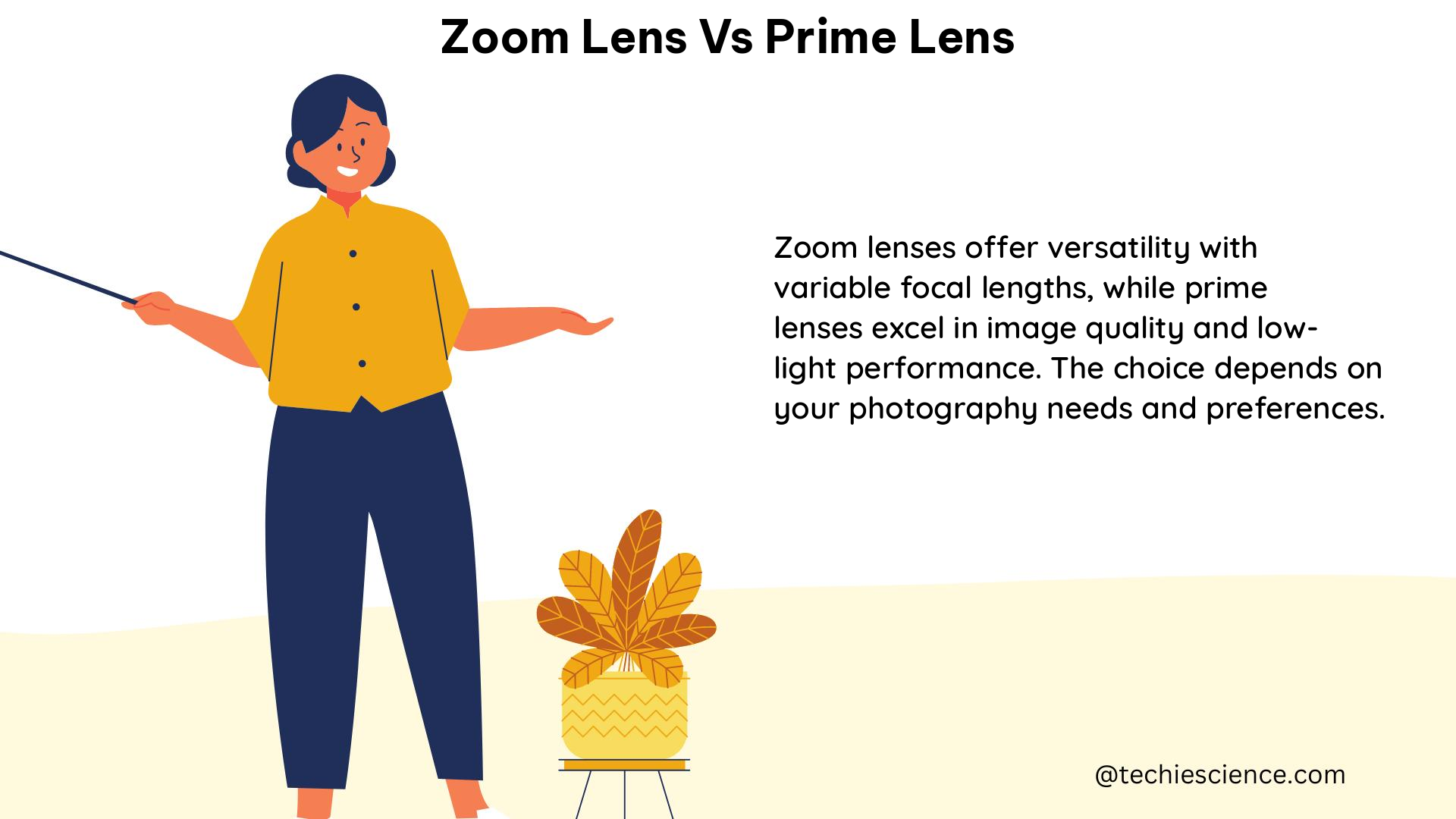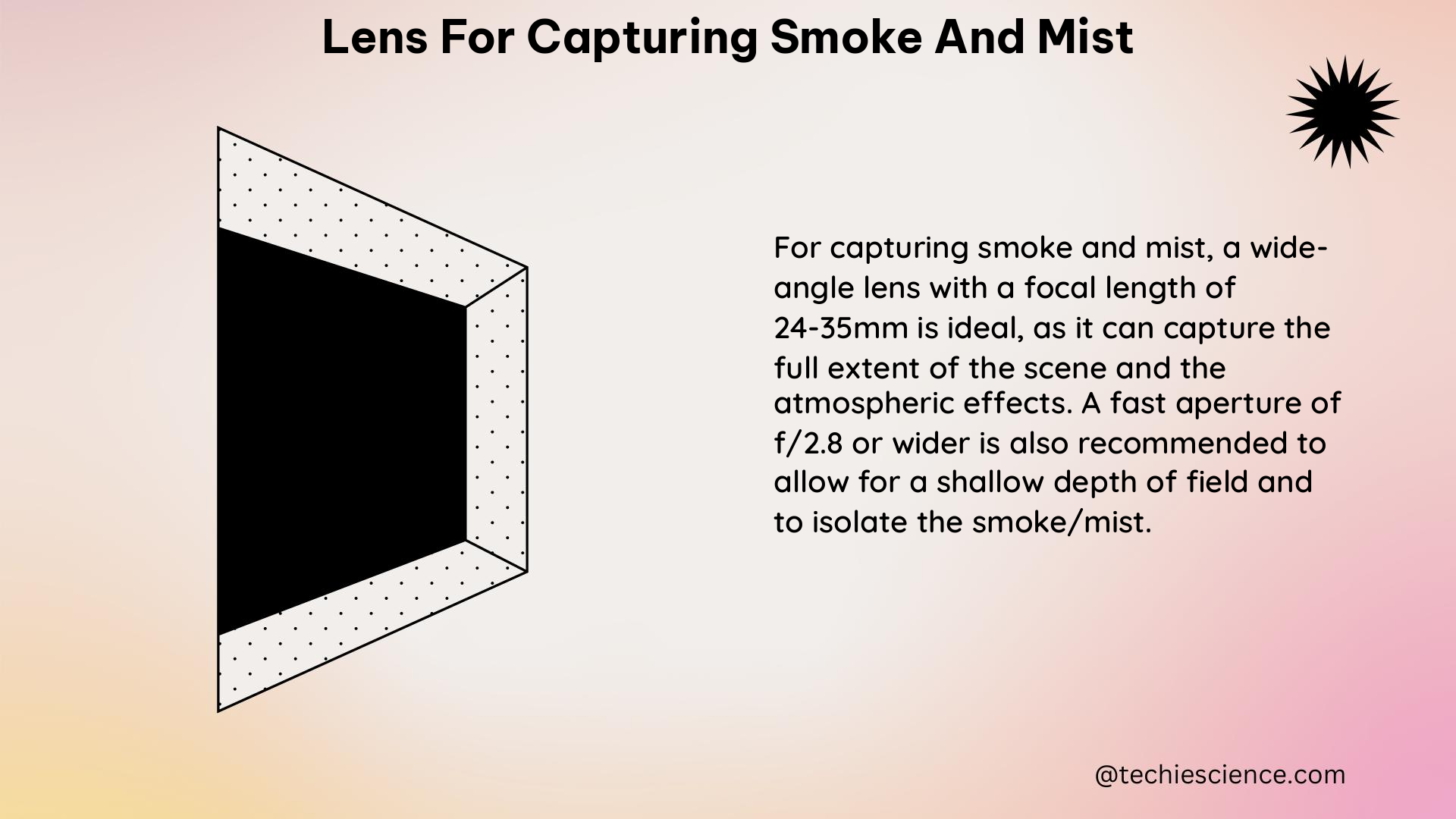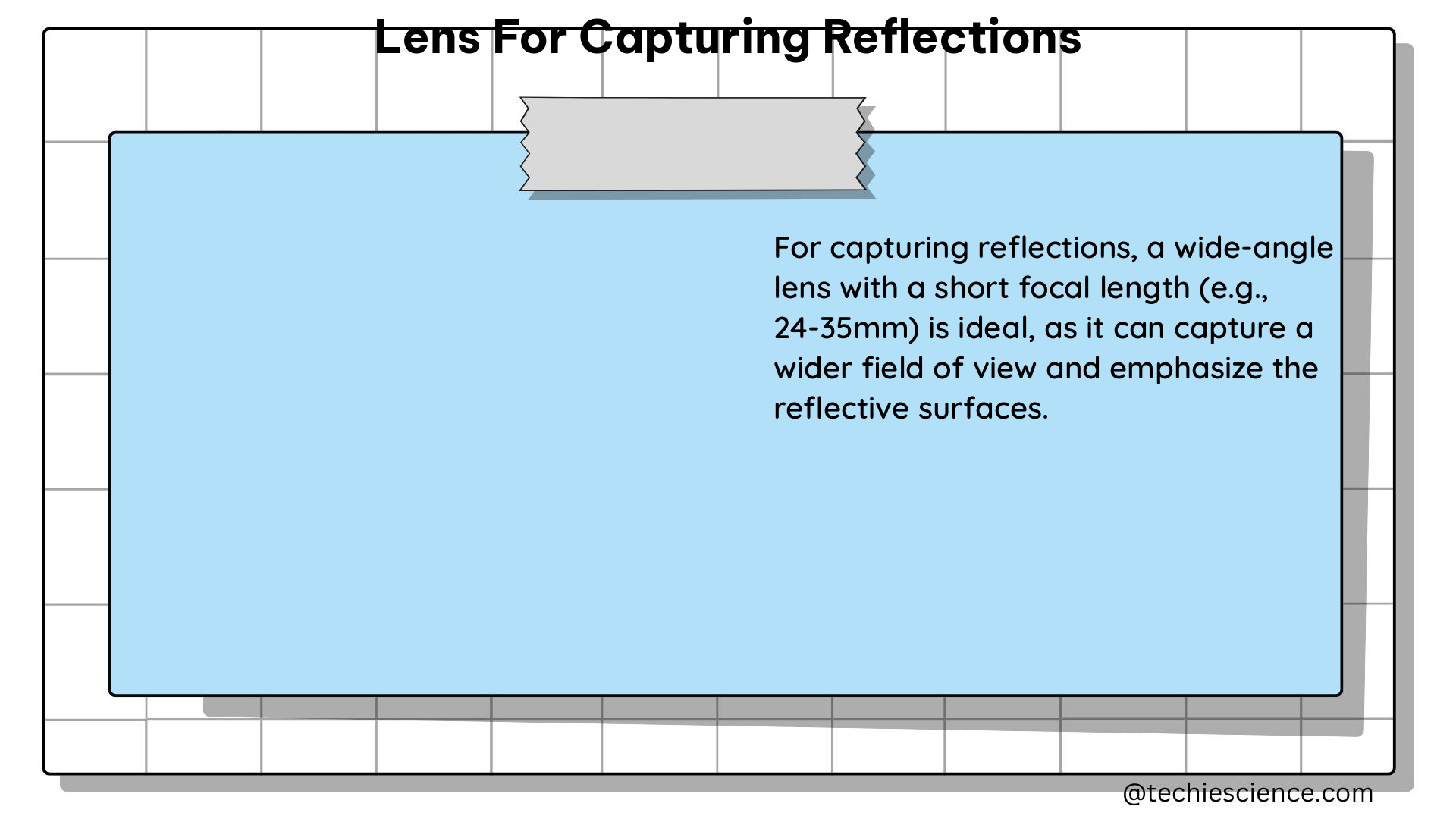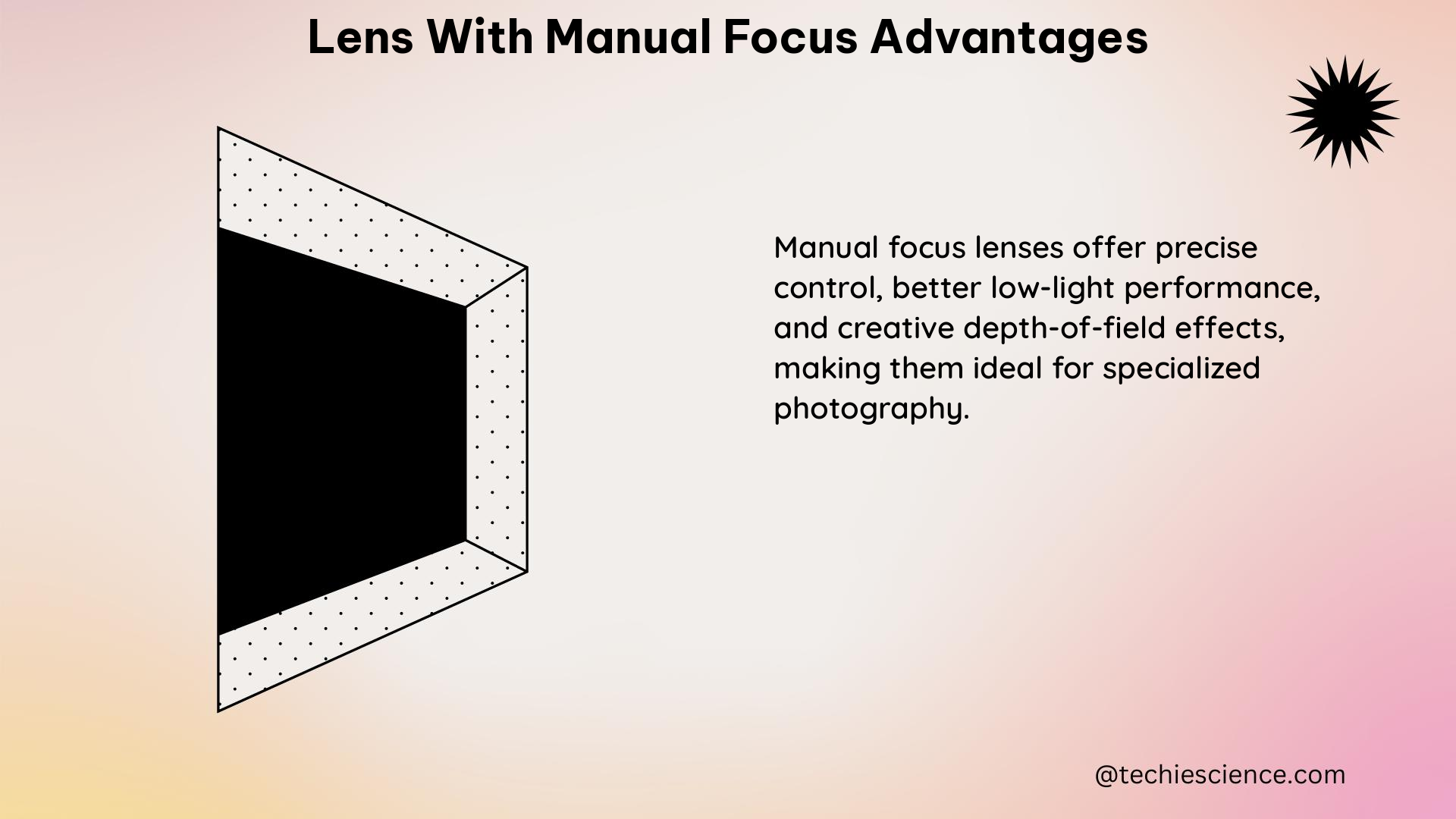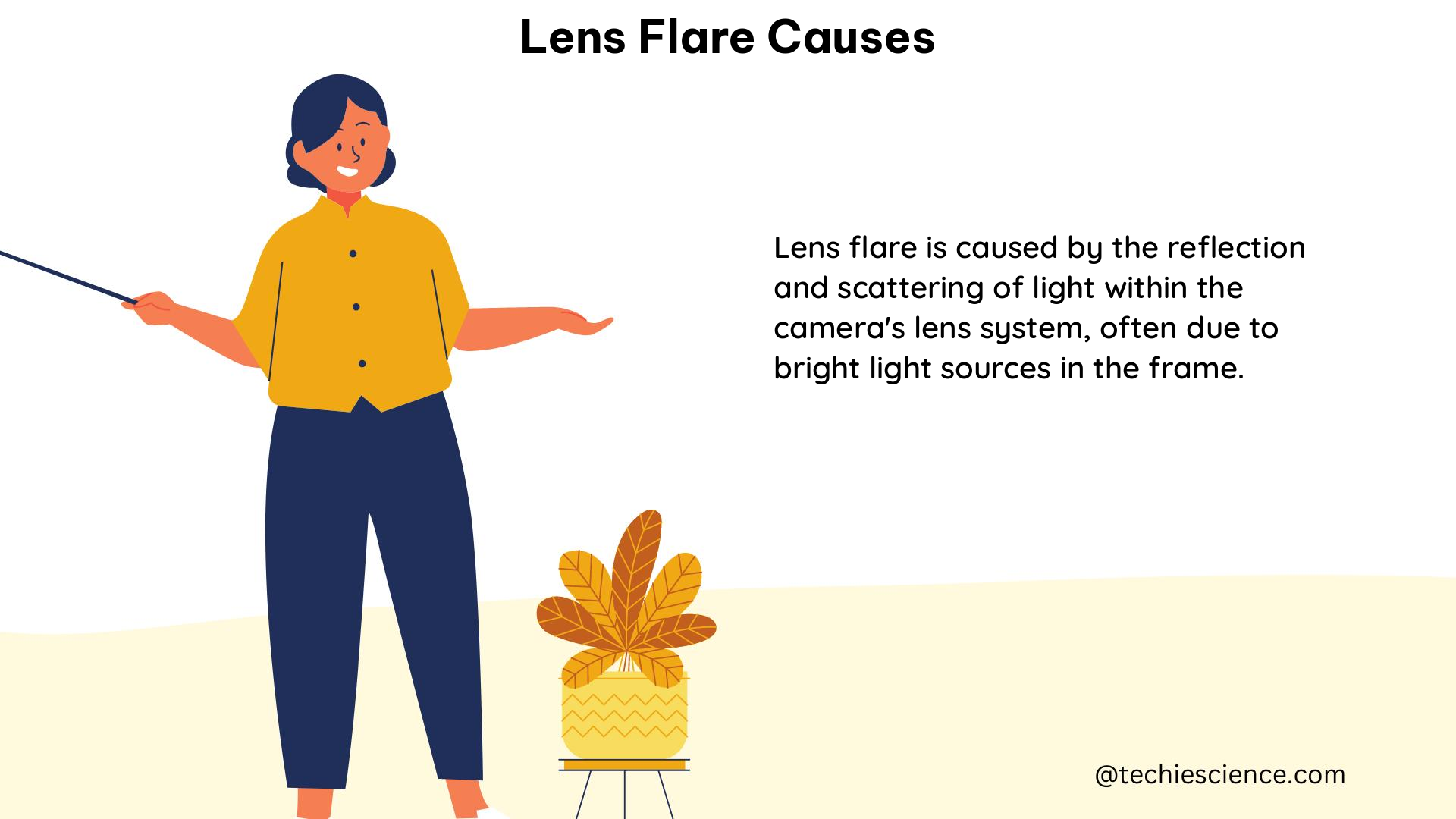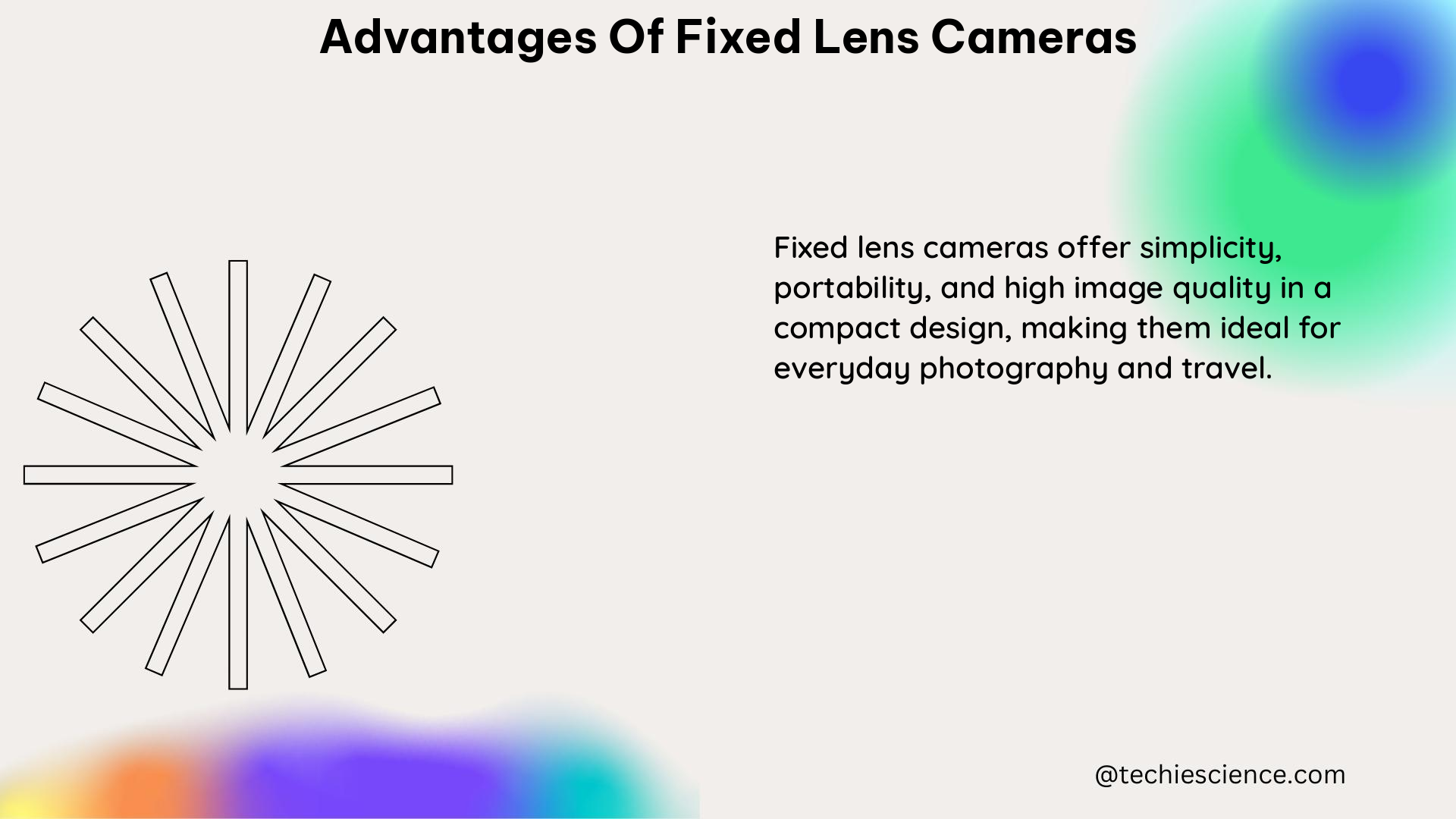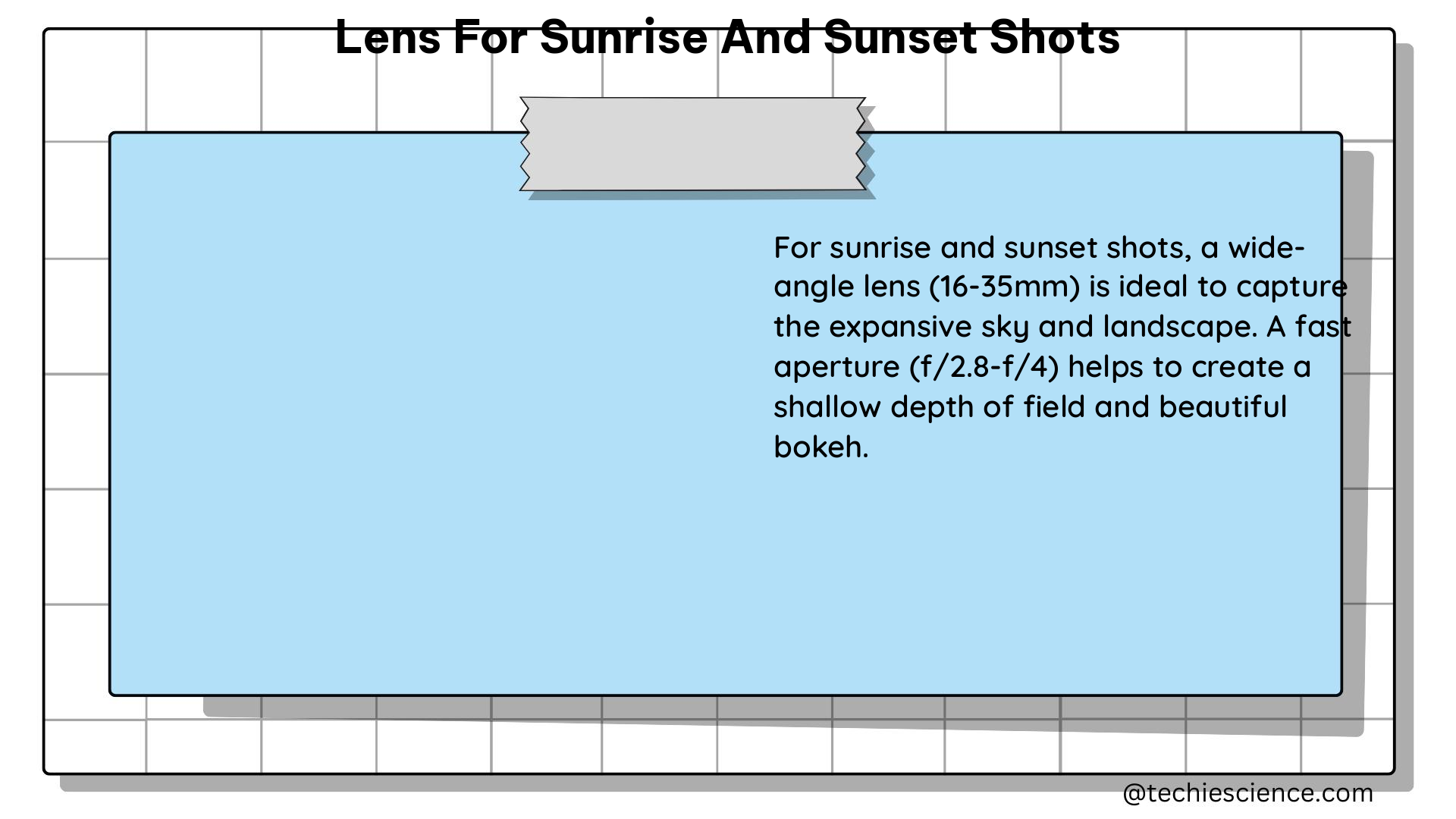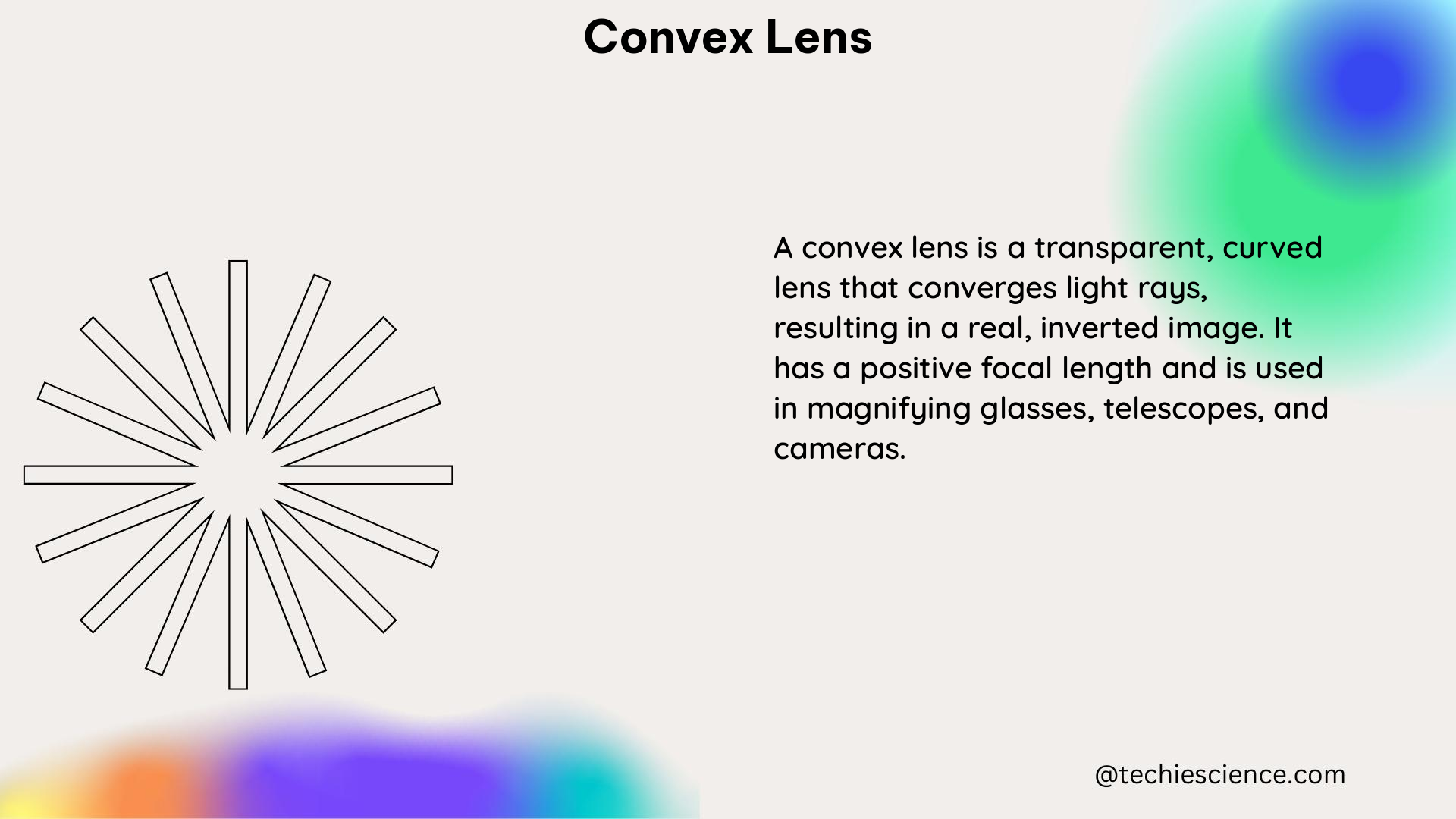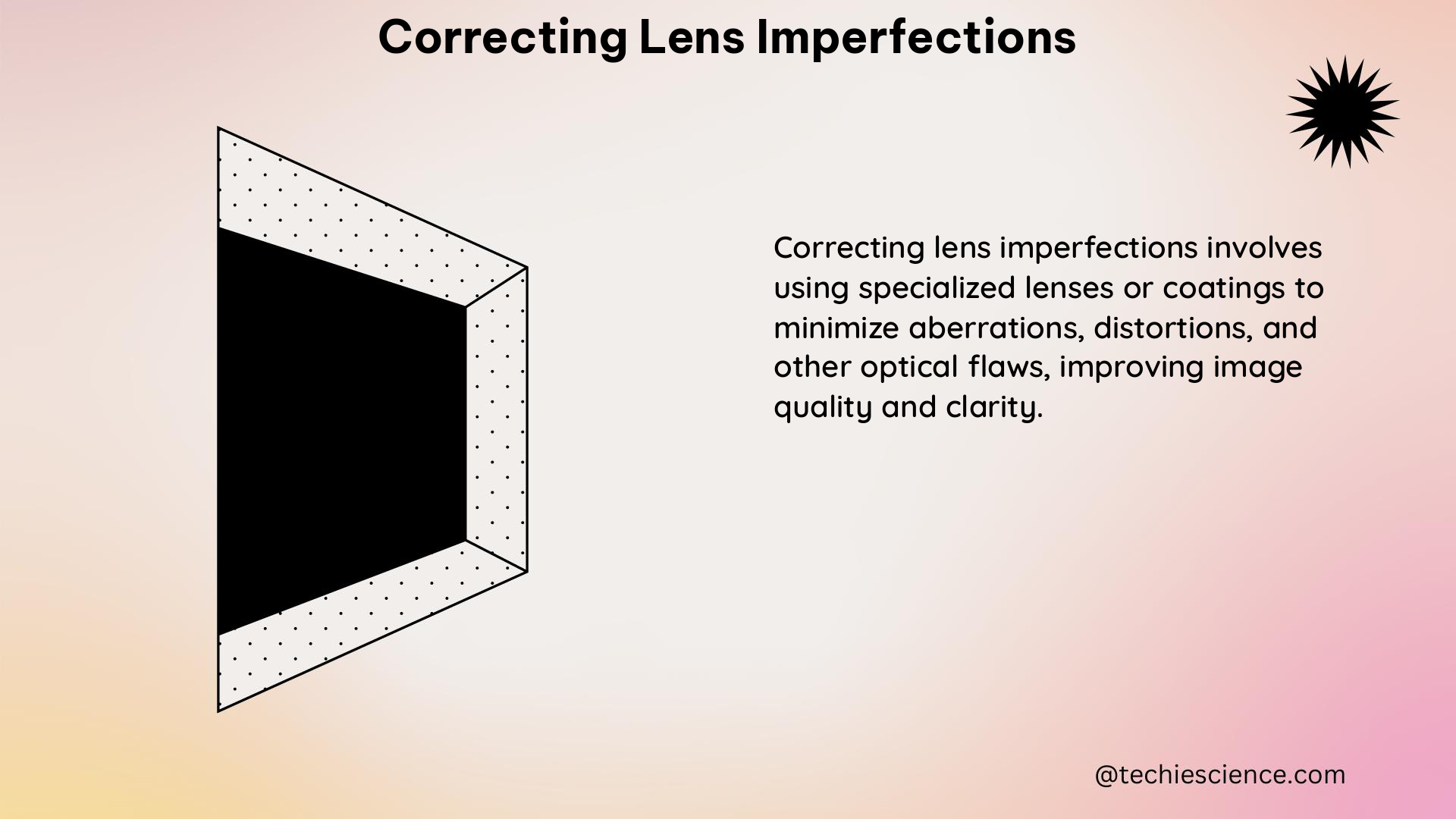Zoom Lens vs Prime Lens: A Comprehensive Guide for Physics Students
Zoom lenses and prime lenses are two distinct types of camera lenses, each with its own unique characteristics and applications. Understanding the differences between these two lens types is crucial for physics students who are interested in optics and photography. In this comprehensive guide, we will delve into the technical details, physics principles, and quantifiable … Read more
